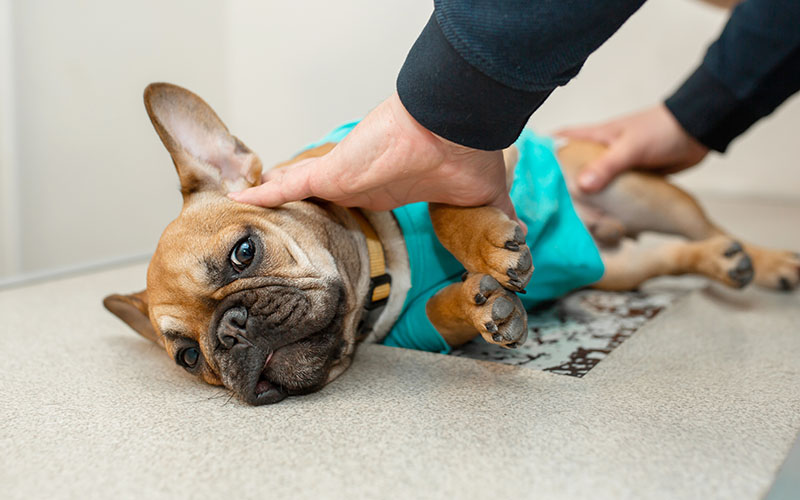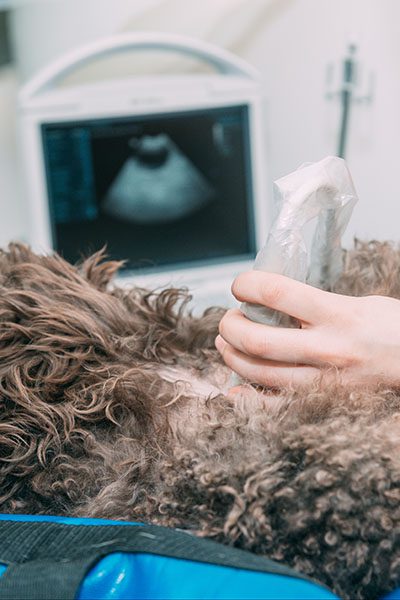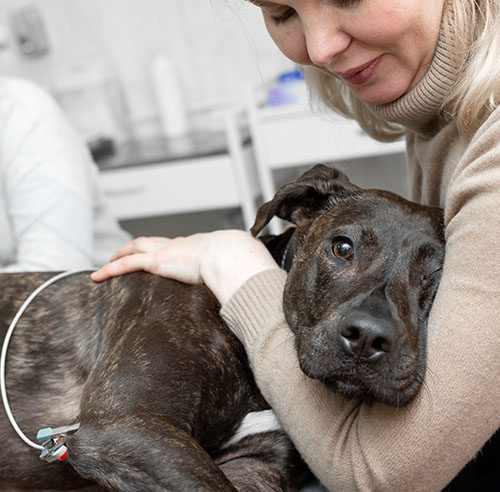Quicker results with in-house diagnostics
Walton Gwinnett Animal Clinic uses many in-house diagnostic tests and equipment to help us determine a cause of illness and find a treatment option for your dog or cat. Using in-house equipment and tests allows us to get to a diagnosis-and treatment plan-together faster, which allows your pet to receive needed treatment and medications as quickly as we can.
Our in-house diagnostic capabilities include:
- Digital Radiography (X-rays)
- Ultrasound
- In-House Laboratory
- In-House Pharmacy
- Endoscopy
- Cardiology Tests
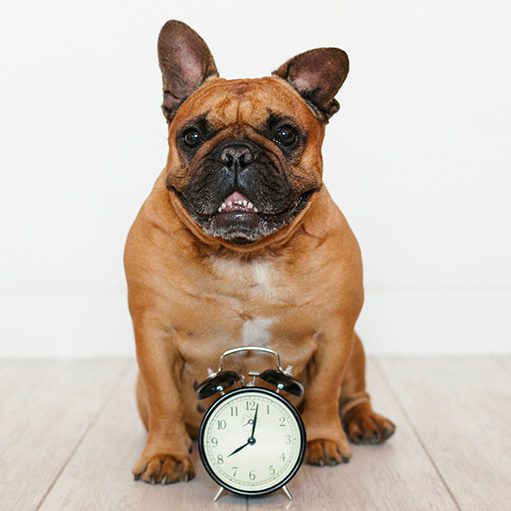
In-house Laboratory
While many important diagnostic tests can only be performed by outside laboratories, having in in-house laboratory allows our veterinarians to perform and receive results for other vital tests quickly, all without having to send to an outside laboratory, costing you additional time and money.
Our laboratory provides accurate analysis of tests done for both routine health as well as emergencies, helping your pet on the road to recovery.
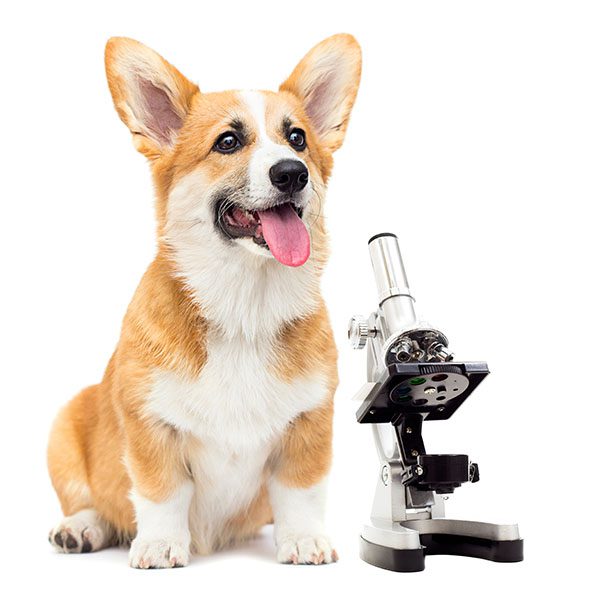
Digital Radiography
X-rays provide valuable information about a pet’s bones, gastrointestinal tract (stomach, intestines, colon), respiratory tract (lungs), heart, and genitourinary system (bladder, prostate). We use radiology alone or in conjunction with other diagnostic tools. Interpretation of radiographs requires great skill on the part of the veterinarian.
We are proud to offer digital radiology (x-rays that are captured digitally rather than on film). This state-of-the-art technology allows us to provide you with a quicker diagnosis for your pet. Plus, it uses less radiation than traditional x-rays.
